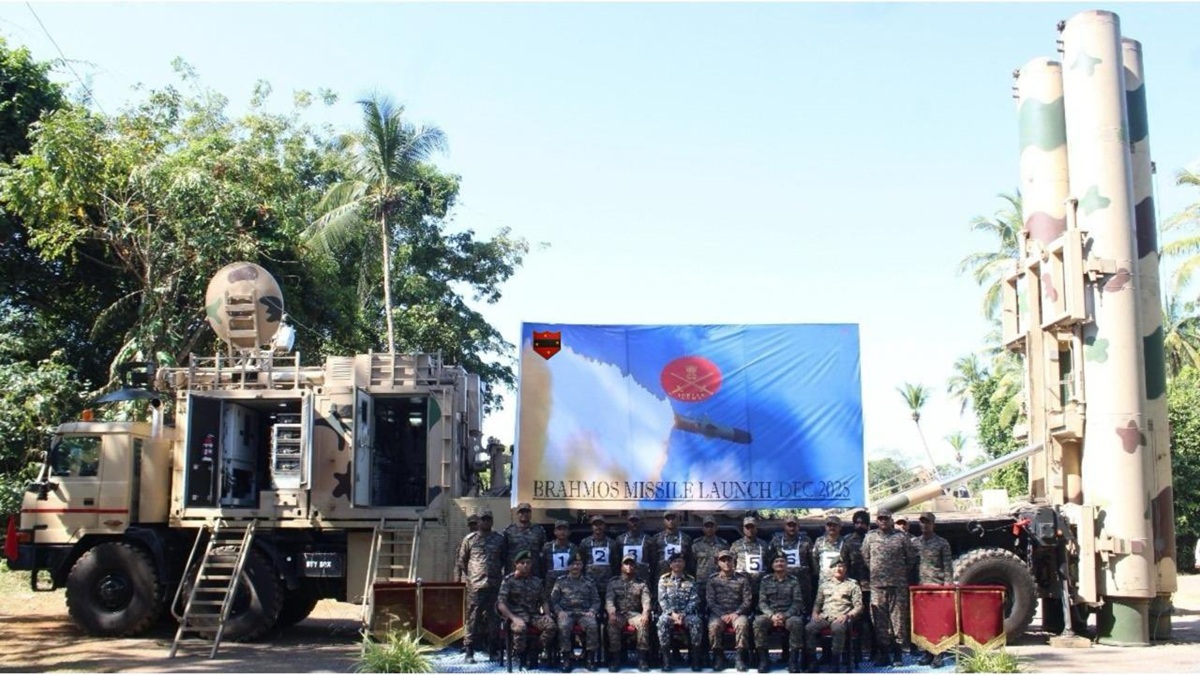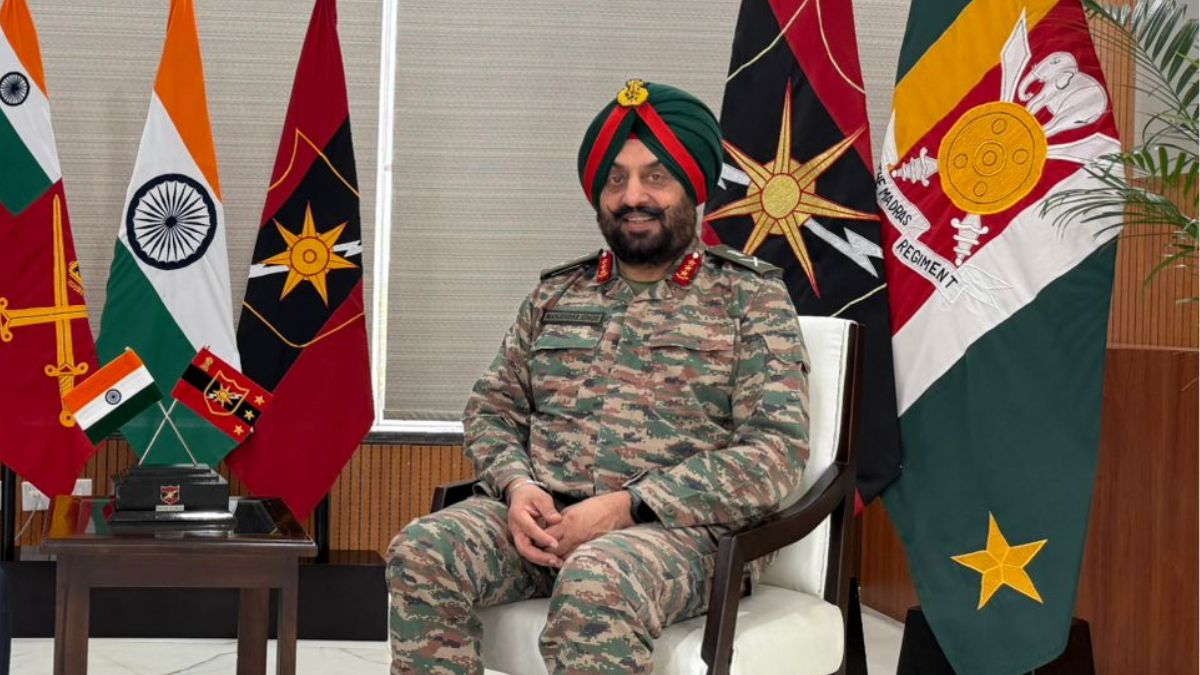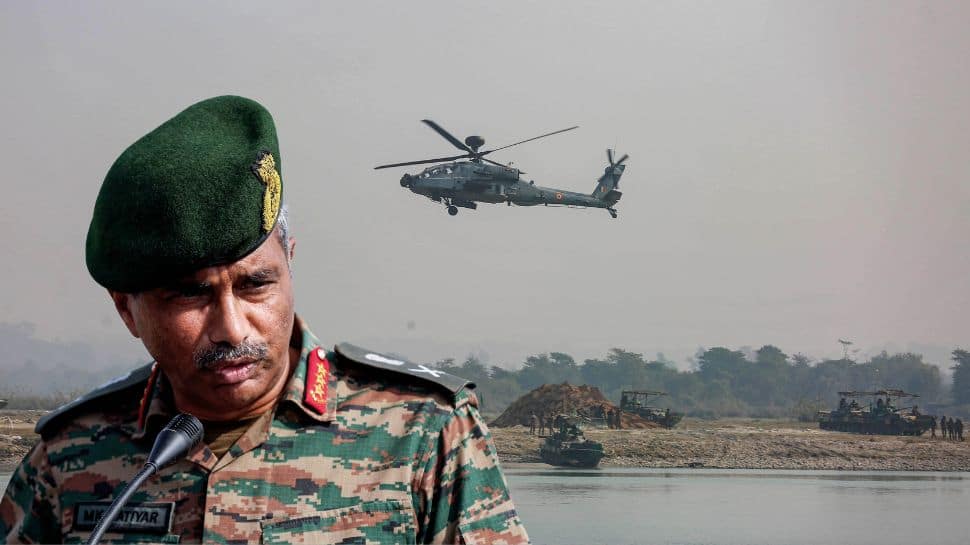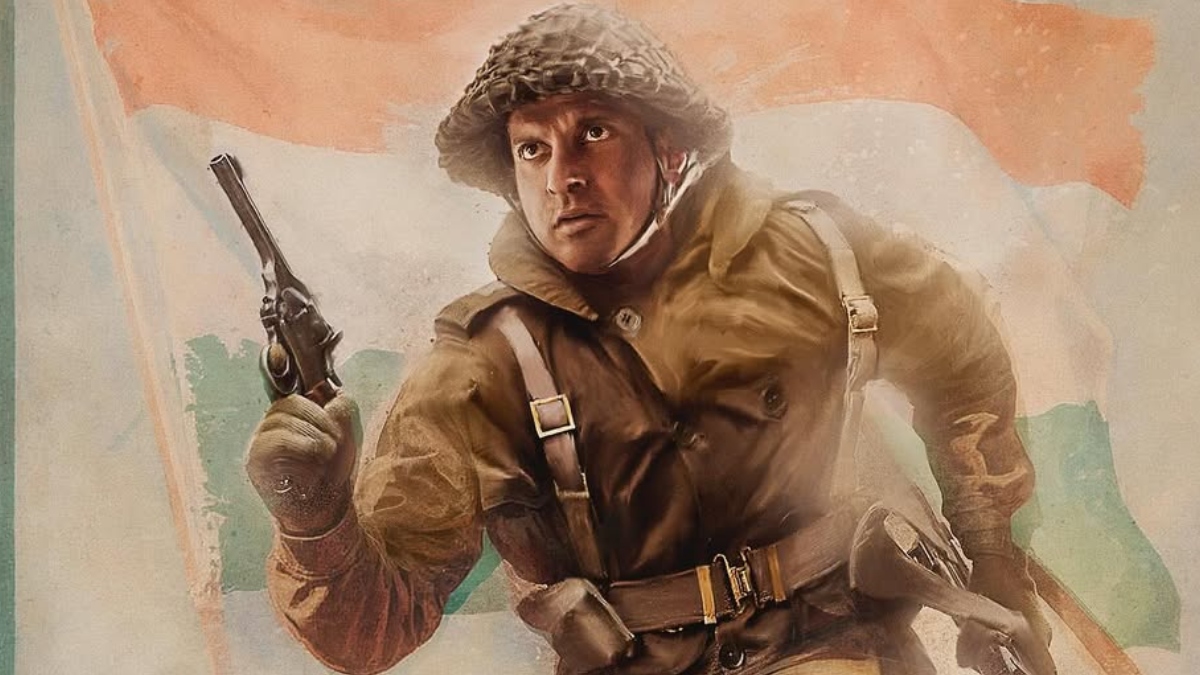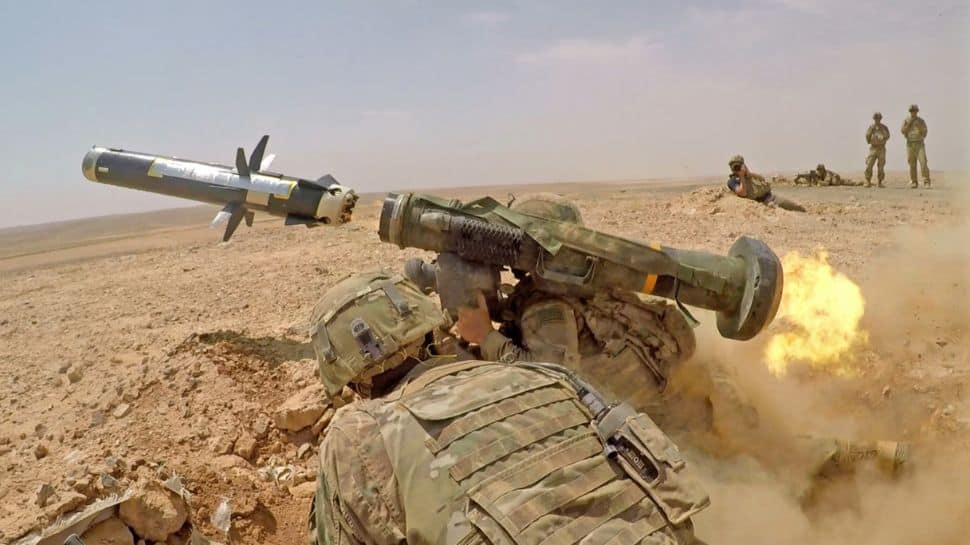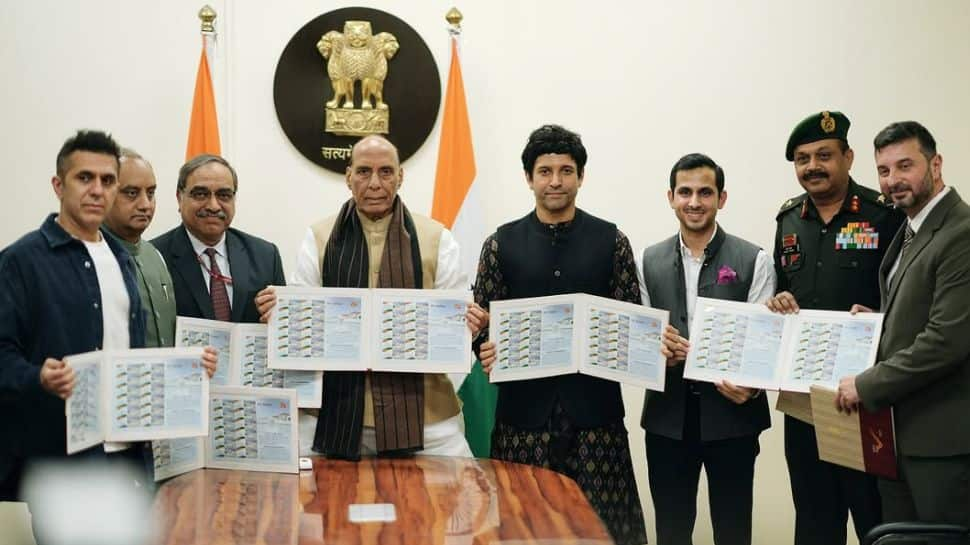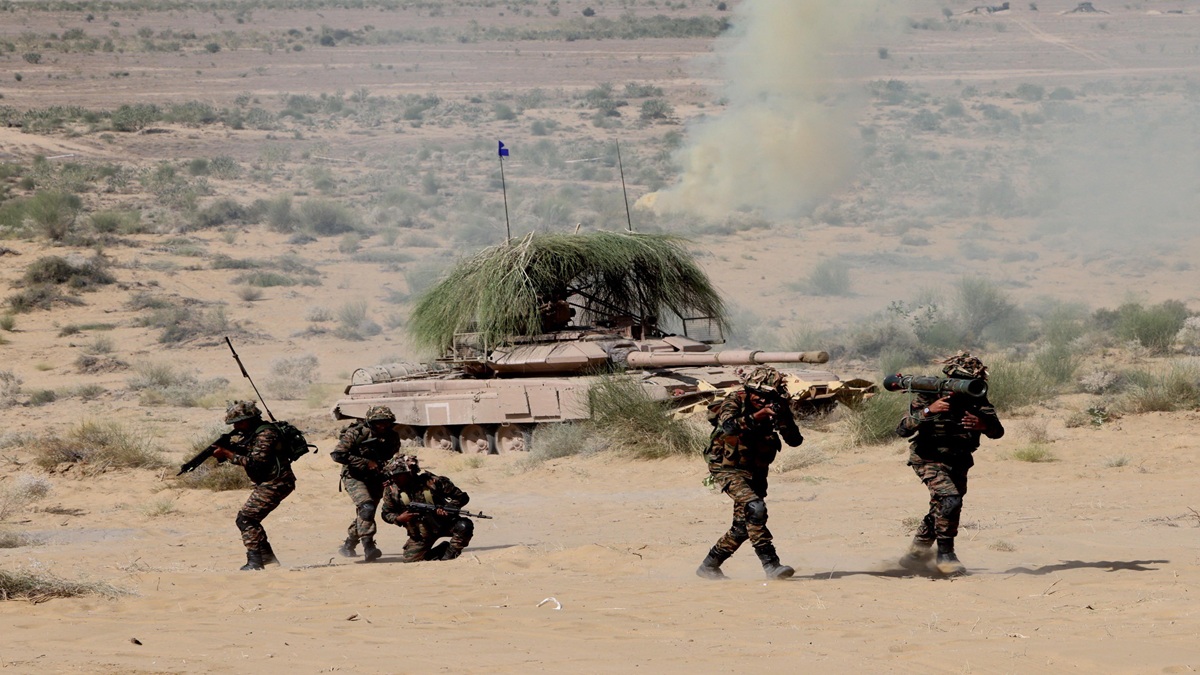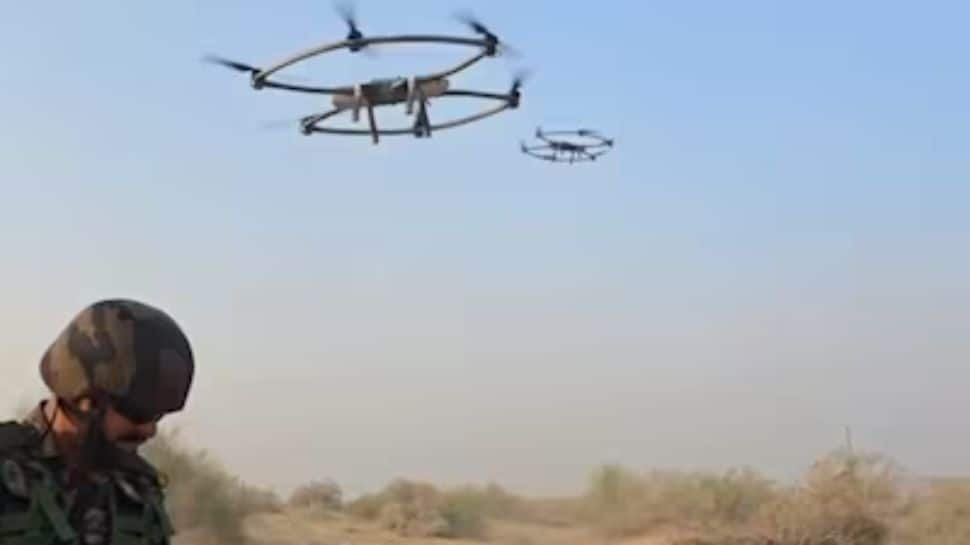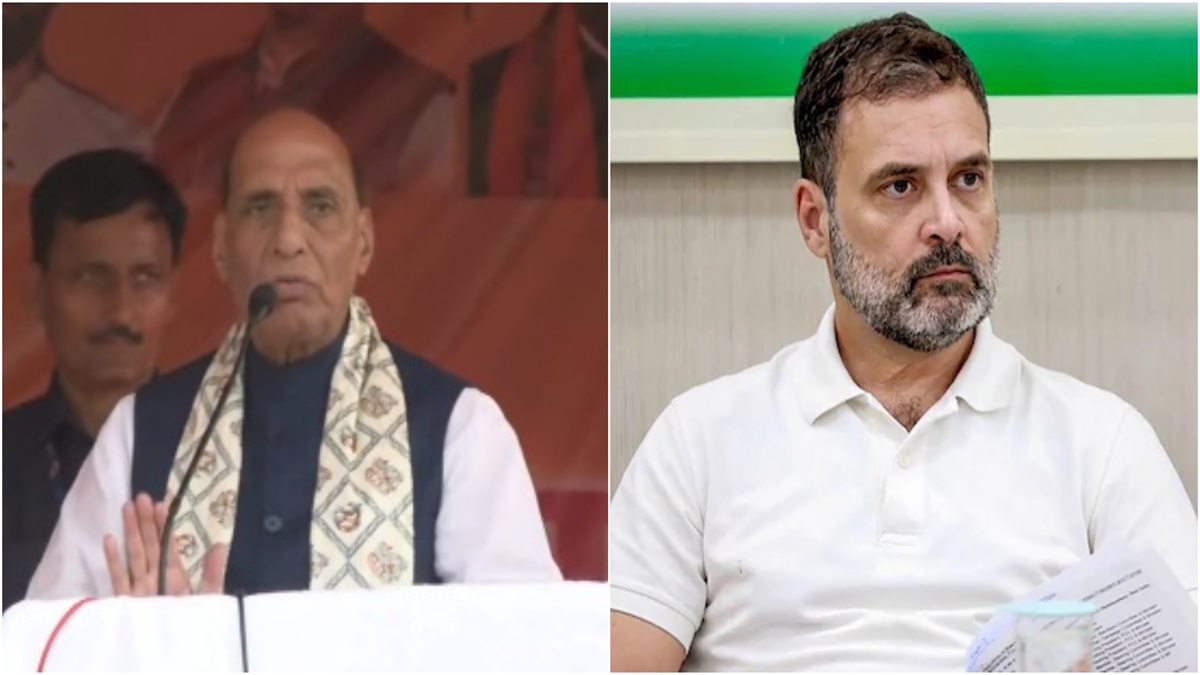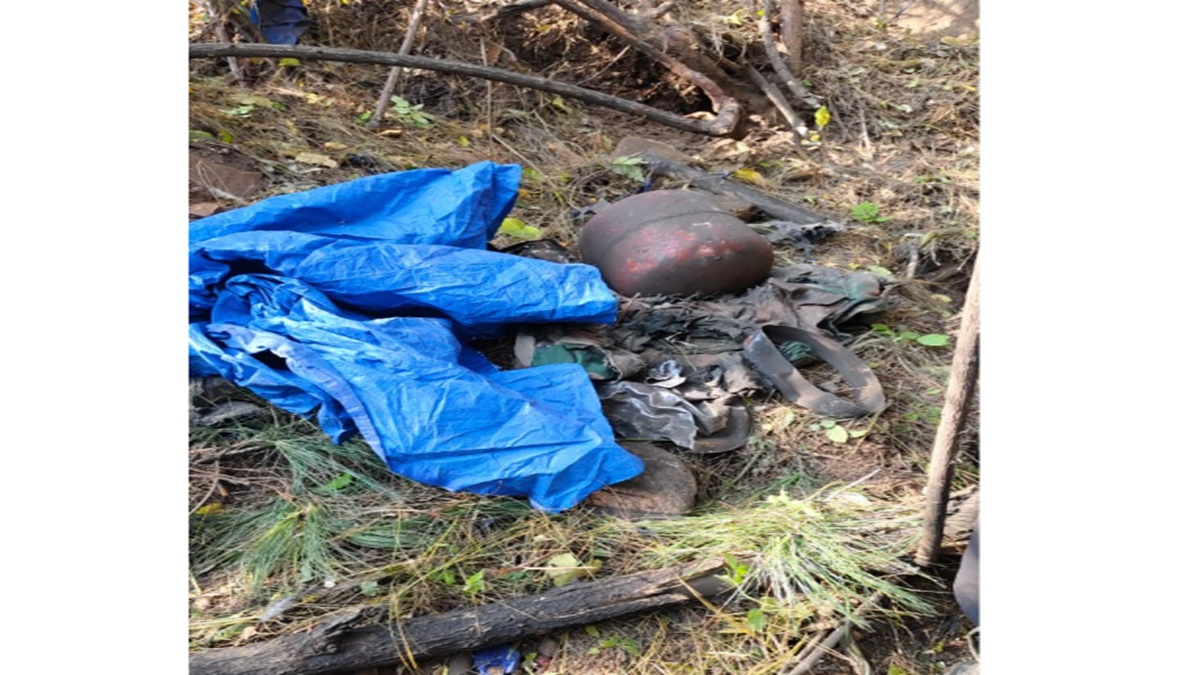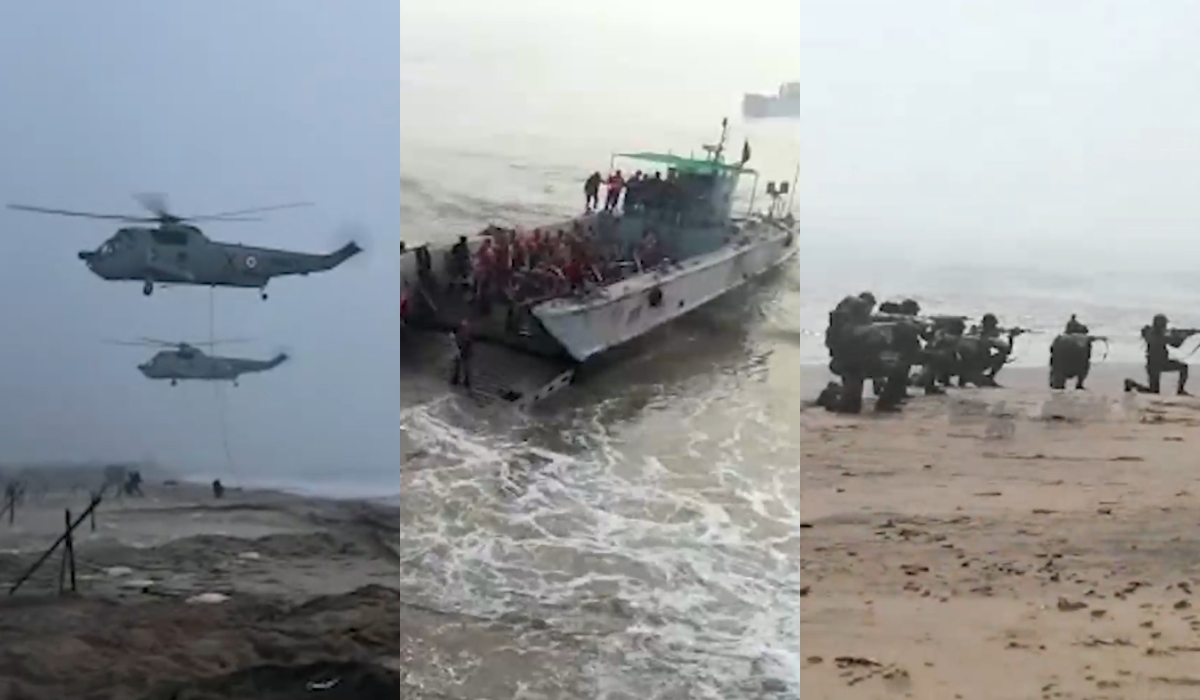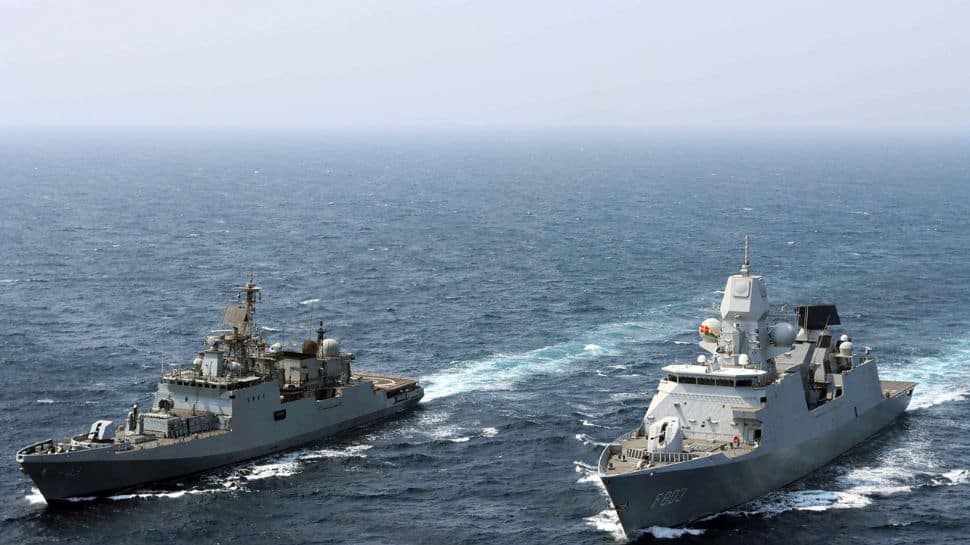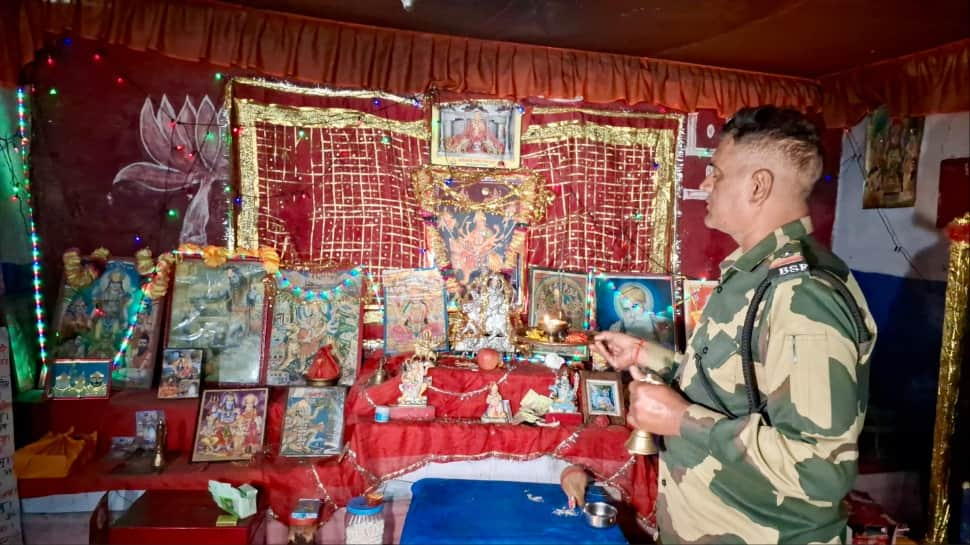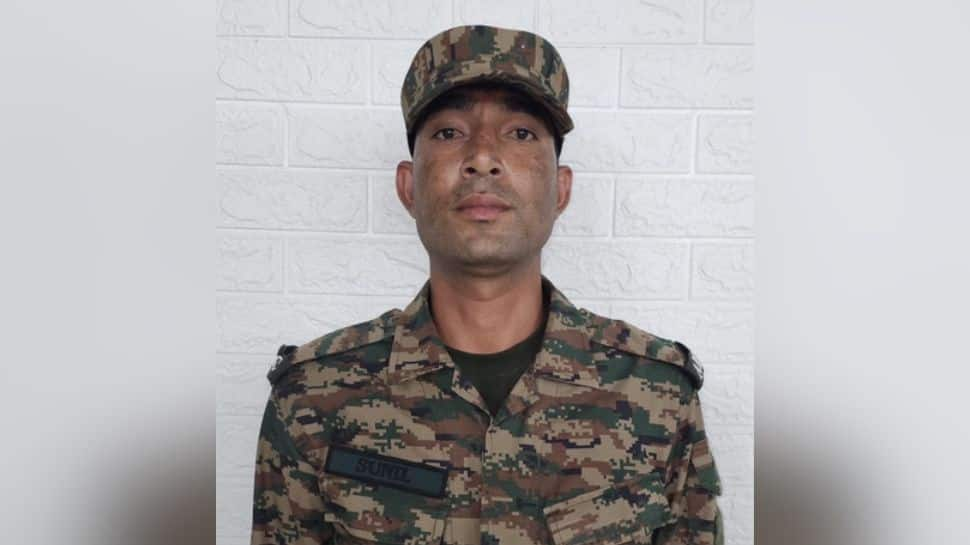Subscribe to Updates
Get the latest creative news from FooBar about art, design and business.
Browsing: Indian Army
India has significantly enhanced its defense capabilities with the US approval of two major arms deals totaling USD 93 million. These acquisitions…
The Indian Army is set to receive a significant boost in its combat capabilities with the US approval of two military deals…
A special ‘My Stamp’ has been launched to commemorate the heroic Battle of Rezang La, celebrating the immense bravery of the 13th…
The Indian Army’s Southern Command recently concluded ‘Exercise Maru Jwala’ in Jaisalmer, Rajasthan. This significant drill was a key component of the…
A special ‘My Stamp’ initiative has been launched to commemorate the historic Battle of Rezang La and the unparalleled bravery of the…
The tri-service military exercise ‘Trishul’ has entered its crucial final phase along India’s western border, demonstrating the growing prowess of indigenous defense…
Defence Minister Rajnath Singh has strongly criticized Congress leader Rahul Gandhi for his recent statements concerning the Indian Army. Speaking at a…
A fierce gunfight in Jammu and Kashmir’s Kishtwar district has resulted in the injury of a paratrooper. The incident occurred on Wednesday…
In a significant counter-terrorism success, security forces have successfully dismantled two old terrorist hideouts in the forest regions of Kulgam district, Jammu…
The Indian Navy is spearheading ‘Trishul’, a significant tri-services exercise set to commence in early November 2025. This large-scale operation, involving the…
The Indian Army’s Northern Command has conducted a significant military exercise, ‘AstraShakti’, in the challenging high-altitude terrain of Ladakh. This formidable drill…
India’s massive tri-services military exercise, codenamed Trishul, has triggered significant alarm in Pakistan, leading to the temporary closure of airspace over central…
During the intense Operation Sindoor, which served as India’s retaliatory strike following the devastating Pahalgam terror attack, two BSF heroes displayed unparalleled…
As the festive season of Diwali approaches, the Border Security Force (BSF) and the Indian Army have significantly amplified security measures along…
Army Hero Saves Baby on Rajdhani Express
An Indian Army soldier’s swift medical intervention saved the life of an 8-month-old infant who experienced a severe medical emergency on the…
At the ongoing 12-day ‘Ek Bharat Shreshtha Bharat – 1/25’ National Camp in Tilaiya, Koderma, NCC cadets from across India gained profound…


